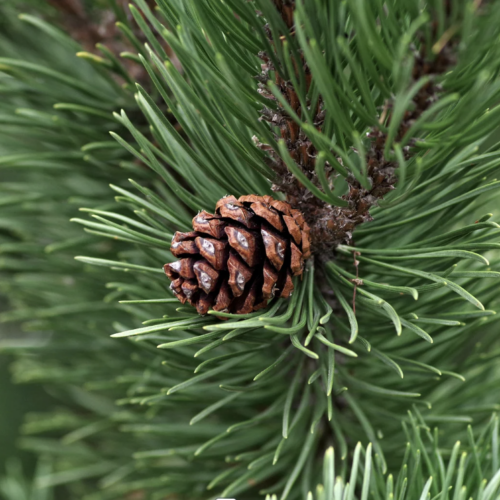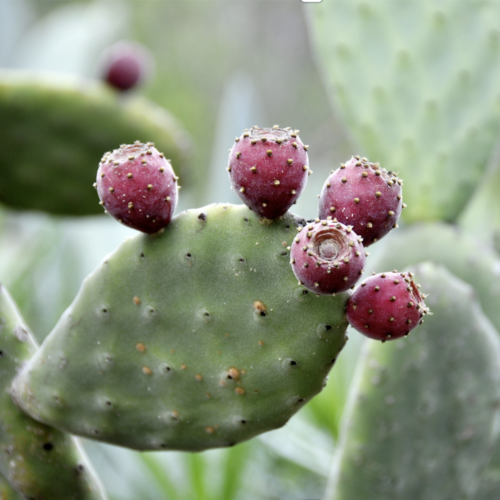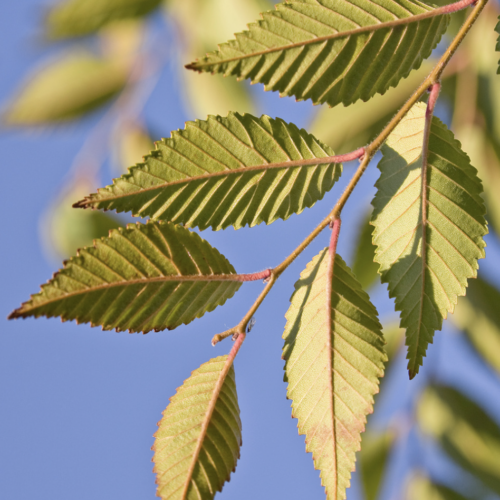Urban Plant Walk Map
The walk starts and ends at the Denver Urban Gardens Fairmont Community Garden (520 W. Third Ave., Denver, CO 80223). Here is our suggested route:
- Begin at the entrance gate to the Fairmont DCIS School Community Garden, head west along W 2nd Ave.
- Turn right onto Fox St. and walk north.
- At the corner of Fox St. and W 3rd Ave., cross the street to the west side of Fox. Turn left and head south on Fox.
- Cross W 2nd Ave. and continue heading south on Fox St.
- Take a left on W 1st Ave. and a left back on to Fox St. Head north on the east side of Fox.
- Turn right onto W 2nd Ave. heading east.






















